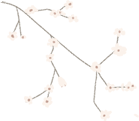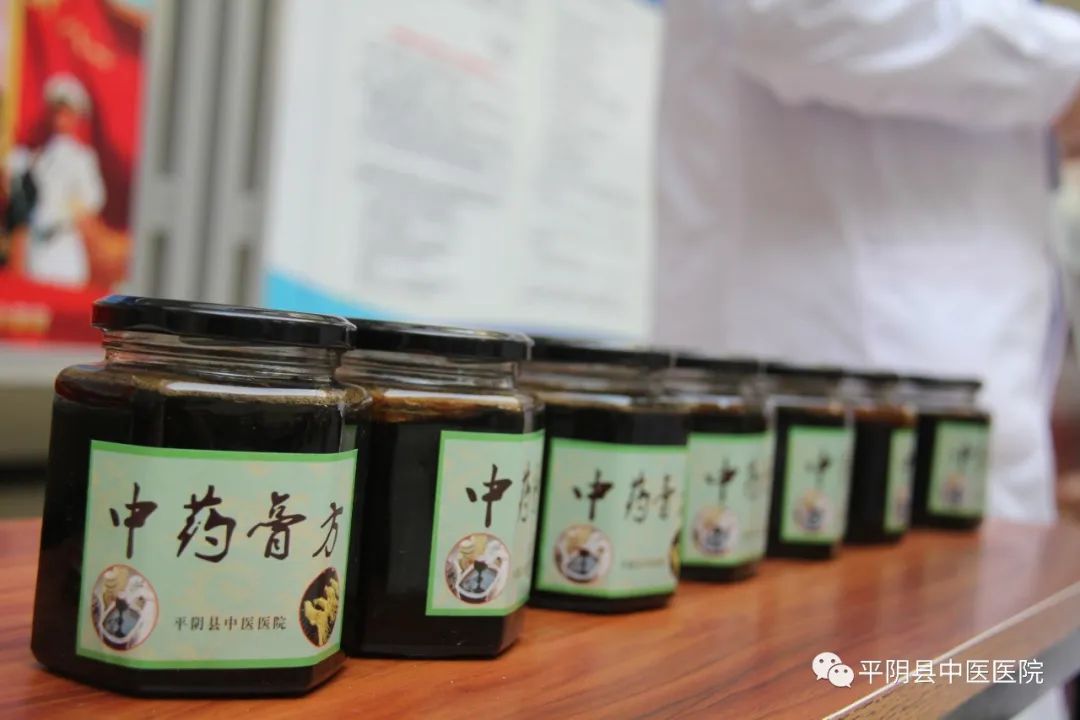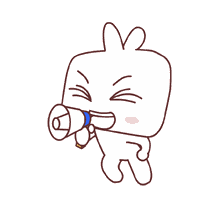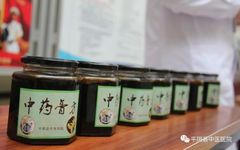 According to TCM theory, spring is for growth, summer for development, autumn for harvest, and winter for storage. Winter is the season for sealing and storing, suitable for nourishing the vital energy (zheng qi) and replenishing the marrow. Therefore, winter supplementation is best achieved through Gao Fang (medicinal paste).“Gao Fang” refers to a type of Chinese medicinal paste primarily aimed at treatment and regulation, also known as “Gao Zi”. It belongs to one of the eight forms of Chinese medicine preparations, including decoctions, pills, powders, pastes, elixirs, wines, tinctures, and tablets. It is viscous yet not solid, sweet and smooth, and serves to regulate, treat, and prevent diseases, making it a treasure of TCM.
According to TCM theory, spring is for growth, summer for development, autumn for harvest, and winter for storage. Winter is the season for sealing and storing, suitable for nourishing the vital energy (zheng qi) and replenishing the marrow. Therefore, winter supplementation is best achieved through Gao Fang (medicinal paste).“Gao Fang” refers to a type of Chinese medicinal paste primarily aimed at treatment and regulation, also known as “Gao Zi”. It belongs to one of the eight forms of Chinese medicine preparations, including decoctions, pills, powders, pastes, elixirs, wines, tinctures, and tablets. It is viscous yet not solid, sweet and smooth, and serves to regulate, treat, and prevent diseases, making it a treasure of TCM.
TCM Gao Fang
The paste is viscous yet not solid, sweet and smooth. The term indicates that it is a refined substance, primarily for nourishing and moistening. Gao Fang originally had both external and internal applications, but today it mainly refers to internal medicinal pastes.
The History of Gao Fang
The history of Gao Fang is long, originating from the Han and Tang dynasties. The Huangdi Neijing (Yellow Emperor’s Inner Canon) contains records of pastes, such as Ma Gao (horse paste), primarily for external use. The Jinkui Yaolue by Zhang Zhongjing in the Eastern Han dynasty records the earliest internal pastes like Da Wutou Gao and Zhu Gao. In the Tang dynasty, the Qianjin Fang includes some pastes that are largely consistent with modern Gao Fang, such as Suzi Decoction, and Wang Tao’s Wai Tai Mi Yao has six paste formulas.
During the Song dynasty, Gao gradually replaced decoctions, maintaining the style of the Tang dynasty, with increasingly widespread applications. For example, the Hongshi Jiyanfang from the Southern Song dynasty includes Qiongyu Gao, which is still in use today. The practice of including animal-based medicines in Gao Fang also continued, such as the Guo Wei Gen Gao from the Shengji Zonglu, where Gao Fang served both therapeutic and nourishing purposes.In the Ming and Qing dynasties, Gao Fang became more refined and mature, characterized by standardized naming and preparation methods. Gao specifically refers to nourishing formulas, while decoctions refer to water decoctions; the quantity significantly increased, and clinical applications became more widespread.Since Gao Zi formulas primarily aim to replenish deficiencies, balance yin and yang, harmonize qi and blood, and coordinate organ functions, they are often used for deficiency syndromes, chronic relief or stable periods, sub-health, menopausal syndrome, and age-related organ function decline. Currently, they are widely used in internal, external, gynecological, and pediatric conditions.

Who is Suitable for Gao Fang?
1. “Sub-healthy” individuals and those preparing for pregnancy
Due to fast-paced, high-intensity work, irregular lifestyles, and issues like drinking and smoking, individuals experiencing fatigue, insomnia, colds, and difficulties in conception can benefit from Gao Fang to enhance their constitution, improve quality of life, and restore health.
2. Chronic disease patients and those with weak constitutions
Chronic disease patients often have low overall function, weak constitutions, and poor resistance. Taking Gao Fang can not only replenish energy and enhance immune function but also treat existing diseases and improve constitution.
3. Cancer patients and post-surgery patients
Cancer patients undergoing radiotherapy, chemotherapy, or post-surgery can take Gao Fang to nourish qi and blood, support the body, and effectively improve their physical condition, achieving longevity.
4. Children with weak constitutions and slow growth
Children are prone to colds, coughs, asthma, weakness, poor appetite, low immunity, and issues like food accumulation and slow growth.
5. Women with gynecological issues
Women experiencing cold extremities, poor complexion, irregular menstruation, infertility, postpartum weakness, menopausal syndrome, and urban professionals facing stress leading to endocrine disorders, low libido, and premature aging.
Contraindications for Gao Fang
While Gao Fang is beneficial, there are many contraindications to consider for safety and efficacy. In addition to the “Eighteen Contradictions” and “Nineteen Avoidances” in drug compatibility, there are three main areas of contraindications: those related to the use of nourishing pastes, those for pregnancy, and those for medication.
Contraindications for Nourishing Pastes
Since elderly patients often have deficiency syndromes, nourishing pastes are commonly used. However, specific points should be noted during application.
Prevent “closing the door to the enemy”: Do not use nourishing pastes too early when external pathogens are still present to avoid leaving the pathogens in the body. If necessary, add nourishing ingredients to the expelling herbs to achieve the goal of supporting the body while expelling pathogens. At the same time, avoid a one-sided approach to nourishment without considering the circulation of qi and blood.
Prevent “deficiency not receiving nourishment”: For general chronic deficiency syndrome patients, only gradual nourishment is advisable, not sudden supplementation. One can add ingredients that assist in the movement of qi to avoid the adverse effects of excessive richness on the stomach.
Prevent “damaging yang and depleting fluids”: Yang deficiency should avoid excessive cooling and nourishing to prevent aiding yin and harming yang; yin fluid deficiency should avoid warming nourishment to prevent aiding fire and injuring yin.
Pregnancy Contraindications
During pregnancy, certain medications may have adverse effects such as inducing miscarriage, so careful attention must be paid to drug selection and pregnancy contraindications during clinical practice.
Medication Contraindications
First, dietary restrictions are necessary. To achieve therapeutic goals, patients must avoid certain foods during medication. For example, avoid radishes when taking Ren Shen Gao (Ginseng Paste), avoid pig and sheep blood and iron supplements when taking He Shou Wu Gao (Fo-Ti Paste); avoid tea when taking nourishing pastes. Generally, during medication, one should avoid raw, cold, greasy, spicy, and other hard-to-digest or particularly irritating foods. Second, medication should be reasonable. “One medicine, one nature, a hundred diseases, a hundred formulas.”
Various Gao Fang have unique functions, but regardless of the type, they can only treat specific conditions and cannot universally treat all diseases.Nourishing pastes must not be used indiscriminately; patients should consult formal medical institutions for prescriptions. For conditions with both yin and yang deficiency, insufficient qi and blood, and multiple diseases occurring simultaneously, TCM practitioners will carefully observe and analyze to select appropriate formulas and medications for optimal results, avoiding self-purchasing and incorrect supplementation.

Don’t Miss Out on Gao Fang!
Time: Starting November 8, 2023 Pingyin County TCM Hospital
Pingyin County TCM Hospital


-The End-
Editor: Sun Ying
Reviewer: Yin Wei
Supervisor: Wan Zhaoyu
Source: Comprehensive compilation from China Traditional Chinese Medicine News

